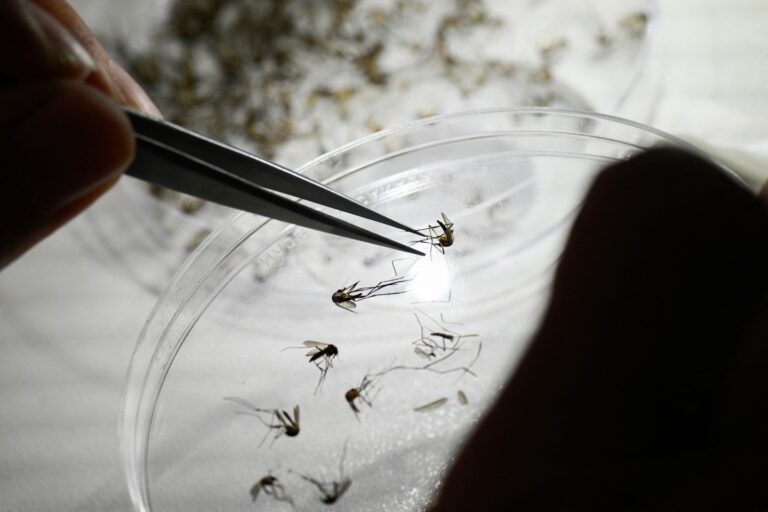Since January, 745 cases of dengue have been confirmed among U.S. travelers who were infected overseas. The agency said dengue cases typically increase during the upcoming hottest months of the year. Last year, there were 1,829 travel-related cases in the United States.
Dengue infections typically peak during warm, rainy seasons in many tropical and subtropical regions, and infectious disease experts say cases are likely to increase as the world warms. Summer travel in the United States often coincides with periods of increased dengue activity in many countries. Outbreaks in the Americas increase the number of travel-related cases. The CDC said there is also localized transmission in the continental United States.
There is no evidence of a dengue outbreak in the continental U.S. “However, dengue cases are increasing at an alarming rate around the world and the number of dengue cases in Puerto Rico is on the rise,” the CDC said in a statement.
Dengue fever is spread through the bite of infected mosquitoes of the Aedes aegypti genus. Travelers infected abroad can bring the virus back home and transmit it to others through the bite of local mosquitoes. Most dengue infections are mild or asymptomatic, but severe cases can lead to internal bleeding, organ failure and death. Also known as “breakbone fever,” dengue fever can cause a disabling high fever, severe headaches, and muscle and joint pain.
There is no specific medicine to treat dengue fever, and no vaccine for adults or the elderly. People who have never had dengue fever. The only vaccine approved in the United States is for children ages 9 to 16. Have had dengue fever before And alive In areas where dengue fever is common or ongoing, such as Puerto Rico,
Due to the increasing global and national incidence of dengue, CDC urges health care providers to be vigilant for dengue among people who have been in areas with dengue within 14 days of onset of illness. Infants, pregnant women, adults 65 years and older, and people with certain medical conditions are at higher risk for severe dengue.
The infection begins after an incubation period of 5 to 7 days and manifests as a fever with symptoms such as nausea, vomiting, rash, muscle, joint and bone pain, pain behind the eyes, headache and a low white blood cell count.
There are several warning signs that predict progression to severe illness, including abdominal pain or tenderness, persistent vomiting, bleeding from the nose or gums, lethargy or restlessness, etc. One in 20 symptomatic dengue patients will develop severe illness.
The disease is complex because it is caused by four different but closely related dengue viruses. Infection with one dengue virus usually confers lifelong protection against infection with that particular virus, but only short-term protection against other types of the virus. Being infected twice with different dengue viruses increases the risk of severe illness than being infected once. However, any infection can lead to severe illness.
Clinicians should order appropriate diagnostic testing for acute dengue infection and report cases to public health authorities.
Dengue fever poses a significant public health threat in many parts of the world, especially in areas with abundant mosquitoes and limited access to health care. Dengue infections have surged following the COVID-19 pandemic. In 2023, more than 4.6 million cases and 4,000 deaths were reported in the Americas.
The main vector of dengue fever is Aedes aegypti Mosquitoes. Six U.S. territories and other associated areas — Puerto Rico, American Samoa, the U.S. Virgin Islands, the Federated States of Micronesia, the Republic of the Marshall Islands, and the Republic of Palau are classified as areas where dengue is frequently or persistently endemic.
In other parts of the United States, local transmission of dengue fever is Have Previously, dengue has been limited to small outbreaks in Florida, Hawaii, and Texas, but localized dengue transmission has been reported in Arizona and California in the past two years. Aedes aegypti The mosquitoes are found in Southern California, South Texas and South Florida.
Florida has already reported eight cases of locally spread infection this year, according to health department data.
The disease has a seasonal pattern, with most cases in the Southern Hemisphere occurring in the first half of the year and most cases in the Northern Hemisphere occurring in the second half of the year.

